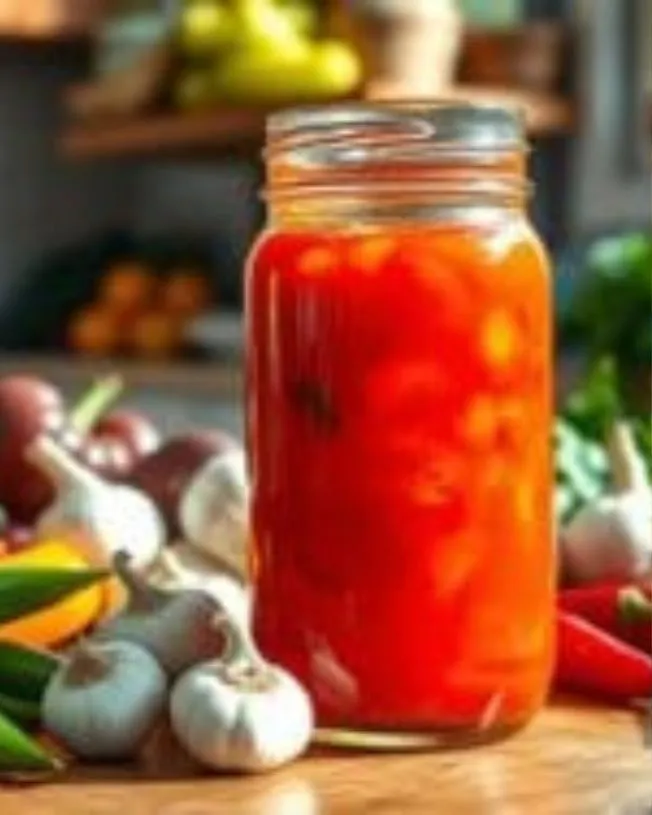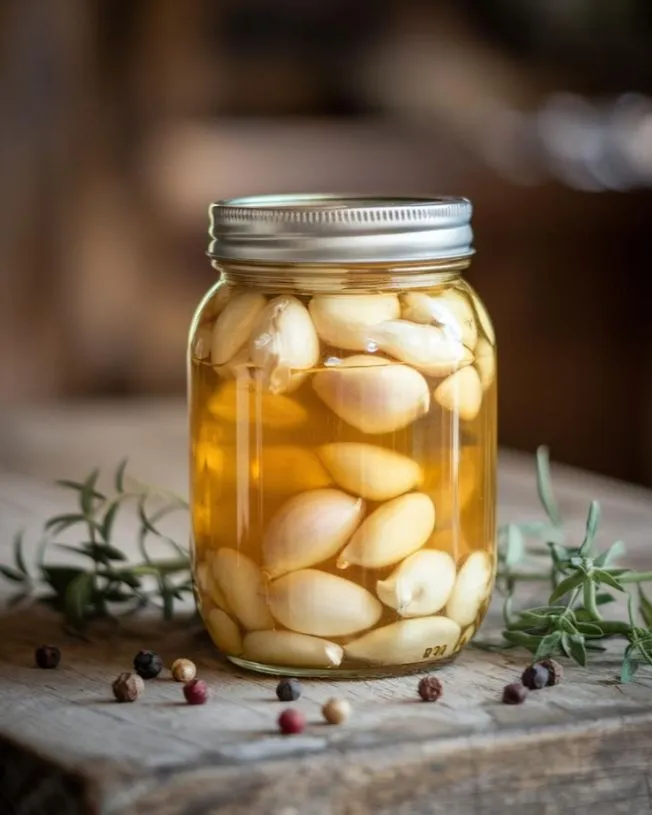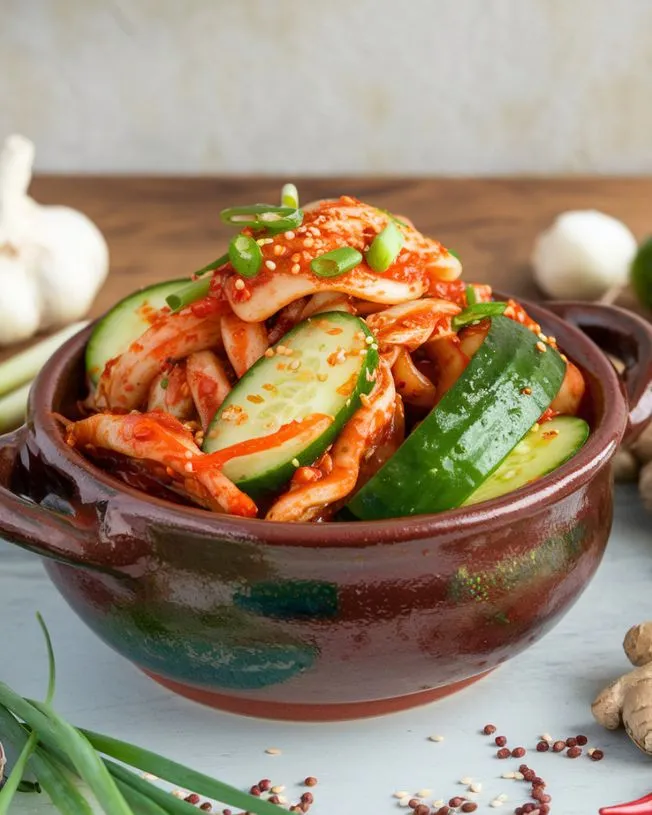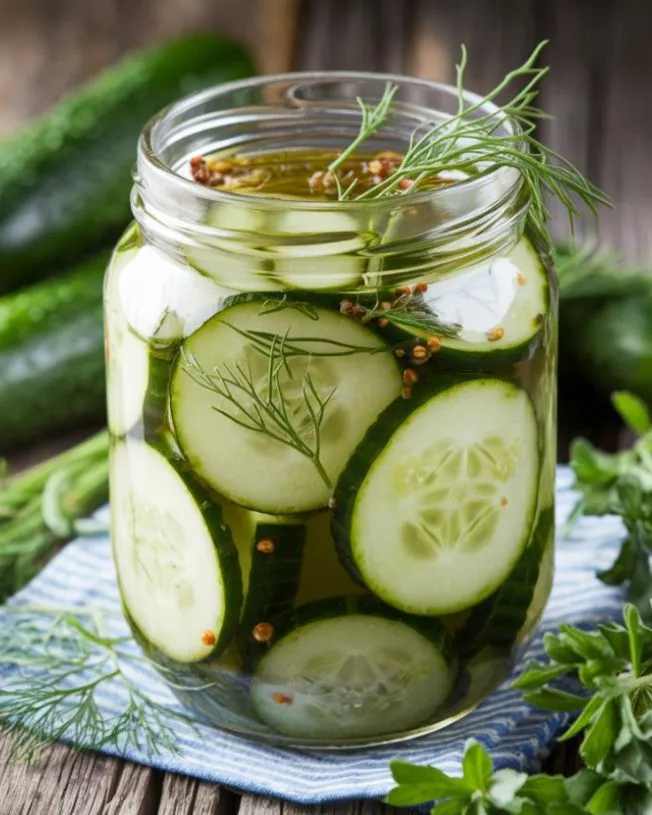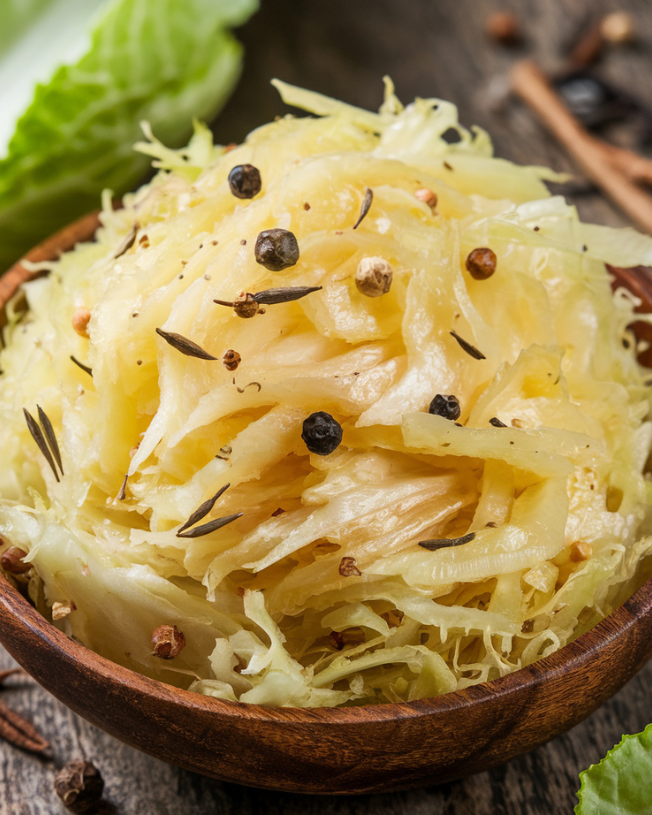If you’re looking to add a vibrant kick to your meals while boosting your health, fermenting peppers might just be the perfect solution. This simple process not only preserves the peppers but also enhances their flavor and nutritional profile. In this comprehensive guide, we’ll explore everything you need to know about fermenting peppers, from the benefits of fermentation to step-by-step instructions and delicious ways to use your fermented peppers.
What is Fermentation?
Fermentation is an age-old technique for preserving food that has stood the test of time. It involves the conversion of sugars into acids, gases, or alcohol through the action of microorganisms like bacteria and yeast. During fermentation, beneficial probiotics develop, enhancing both the flavor and nutritional content of food. When it comes to peppers, this process results in a tangy, flavorful treat that can elevate your culinary creations.
Benefits of Fermenting Peppers
1. Enhanced Flavor
Fermentation brings out the natural flavors of peppers, creating a delightful balance of heat and tanginess. Whether you prefer sweet bell peppers or spicy jalapeños, fermentation adds depth that can transform ordinary dishes into extraordinary ones.
2. Nutritional Boost
Fermented foods are rich in probiotics, which promote gut health and enhance digestion. Incorporating fermented peppers into your diet can help improve your overall well-being. Additionally, fermentation can increase the bioavailability of certain nutrients, making them easier for your body to absorb.
3. Extended Shelf Life
Fermenting peppers allows you to preserve them for an extended period. When stored properly in a cool, dark place, fermented peppers can last for several months, giving you access to their unique flavors long after the harvest season.
4. Versatile Use
Fermented peppers can be used in various ways. You can add them to salads, sandwiches, tacos, and even as a topping for pizzas. Their adaptability makes them an excellent complement to any dish.
Choosing the Right Peppers
Before diving into the fermentation process, it’s essential to select the right peppers. Here are a few popular options:
- Bell Peppers: Mild and sweet, they work well in salads and salsas.
- Jalapeños: Spicy and flavorful, they add heat to dishes.
- Serrano Peppers: A bit hotter than jalapeños, these peppers bring a delightful kick.
- Habanero Peppers: Extremely hot, they can elevate your recipes to a whole new level of spice.
Regardless of the type you choose, make sure to select fresh, high-quality peppers free of blemishes. Freshness ensures the best flavor and quality in your fermented peppers.
Essential Equipment for Fermenting Peppers
To get started with fermenting peppers, you’ll need a few essential items:
- Clean Jars: Use glass jars with wide mouths for easy access. Mason jars are a popular choice, but any glass container that can be sealed will work.
- Weights: To keep the peppers submerged in the brine, use fermentation weights or clean rocks.
- Non-Iodized Salt: Iodized salt can inhibit fermentation. Choose sea salt or kosher salt for optimal results.
- Water: Use filtered or distilled water to avoid chlorine, which can hinder fermentation.
- A Lid: Ensure you have a lid that fits securely on your jar. You can use regular jar lids, but it’s best to use a fermentation lid that allows gases to escape.
How to Ferment Peppers: A Step-by-Step Guide
Now that you have your ingredients and equipment ready, let’s dive into the fermentation process!
Step 1: Prepare the Peppers
Start by washing your peppers thoroughly. Depending on your preference, you can slice them into rings, chop them, or leave them whole. If you enjoy a spicier fermentation, consider removing the seeds, as they can add heat.
Step 2: Make the Brine
For the brine, mix 1 tablespoon of non-iodized salt with 2 cups of water.Mix the ingredients until the salt is fully dissolved. You can adjust the salt level based on your taste preferences; however, sticking to a 2% salt concentration is generally recommended for optimal fermentation.
Step 3: Pack the Jar
Next, pack the prepared peppers tightly into your clean glass jar. This step is crucial because tightly packed peppers will help create a natural anaerobic environment, promoting successful fermentation. Ensure there’s enough room at the top of the jar to accommodate any expansion during fermentation.
Step 4: Pour the Brine
Carefully pour the brine over the packed peppers until they are fully submerged. This step is vital to prevent spoilage. If necessary, use fermentation weights to keep the peppers submerged under the brine.
Step 5: Seal the Jar
Seal the jar with your lid of choice. If you’re using a fermentation lid, ensure it’s fitted correctly to allow gases to escape while preventing outside air from entering. If you’re using a regular lid, loosen it slightly to avoid pressure build-up during fermentation.
Step 6: Let It Ferment
Store the jar in a cool, dark location while it ferments.The ideal temperature for fermenting peppers is between 60°F and 75°F (15°C to 24°C). Depending on the temperature and your taste preference, fermentation can take anywhere from a few days to a few weeks.
Step 7: Taste and Adjust
After about a week, begin tasting your peppers. If they’ve reached your desired level of tanginess, it’s time to transfer them to the refrigerator. If you prefer a stronger flavor, let them ferment for another week or two.
Step 8: Store Your Fermented Peppers
Once your peppers are fermented to your liking, transfer them to the fridge. Cold storage halts the fermentation process, allowing you to enjoy your peppers at your convenience. When stored correctly, they can remain good for several months.
Creative Ways to Use Fermented Peppers
Now that you’ve successfully fermented your peppers, it’s time to incorporate them into your meals! Here are some tasty ways to incorporate your creation:
Toppings: Add fermented peppers to sandwiches, tacos, and burgers for an extra layer of flavor.
Salads: Toss them into salads for a tangy kick that complements the freshness of greens.
Salsas: Mix chopped fermented peppers with tomatoes, onions, and cilantro for a zesty salsa.
Pasta Dishes: Stir them into pasta dishes or sauces for a burst of flavor.
Pizza: Top your pizza with fermented peppers for a spicy, tangy twist.
Omelets: Incorporate them into your breakfast omelet for a delightful change.
Charcuterie Boards: Add them to charcuterie boards as a tasty accompaniment to cheeses and meats.
Troubleshooting Common Fermentation Issues
While fermenting peppers is generally straightforward, you may encounter a few challenges along the way. Here are some common issues and how to resolve them:
Problem 1: Floaters
If you notice some of your peppers floating above the brine, they may be exposed to air, which can lead to spoilage. To solve this issue, make sure to use weights to keep the peppers submerged.
Problem 2: Mold
Mold can sometimes form on the surface of the brine. If this occurs, carefully remove the mold and any affected peppers. As long as the peppers submerged remain unaffected, they should still be safe to consume.
Problem 3: Unpleasant Smell
Fermentation should produce a tangy, pleasant aroma. If you notice a foul smell, it may indicate spoilage. In this case, it’s best to err on the side of caution and discard the batch.
FAQs About Fermenting Peppers
1. Can I ferment other vegetables along with peppers?
- Absolutely! Many people enjoy combining peppers with other vegetables like carrots, cucumbers, or onions for added flavor.
2. How long should I ferment peppers?
- The fermentation time varies based on temperature and taste preferences. Generally, 1-4 weeks is common.
3. Can I use frozen peppers for fermentation?
- While it’s best to use fresh peppers for optimal texture and flavor, you can use frozen peppers. However, be aware that the texture may change.
4. Is it safe to eat fermented peppers?
- Yes, fermented peppers are safe to eat as long as they were prepared and stored correctly.
5. What should I do if my peppers are too salty?
- If your fermented peppers are too salty, you can rinse them before using them in recipes.
Conclusion
Fermenting peppers is a rewarding and delicious way to preserve their unique flavors while reaping the health benefits of fermentation. With just a few simple steps, you can create a delightful addition to your culinary repertoire. So gather your favorite peppers, grab your supplies, and embark on this flavorful journey! Not only will you enjoy the fruits of your labor, but you’ll also impress your friends and family with your homemade fermented peppers. Happy fermenting!


